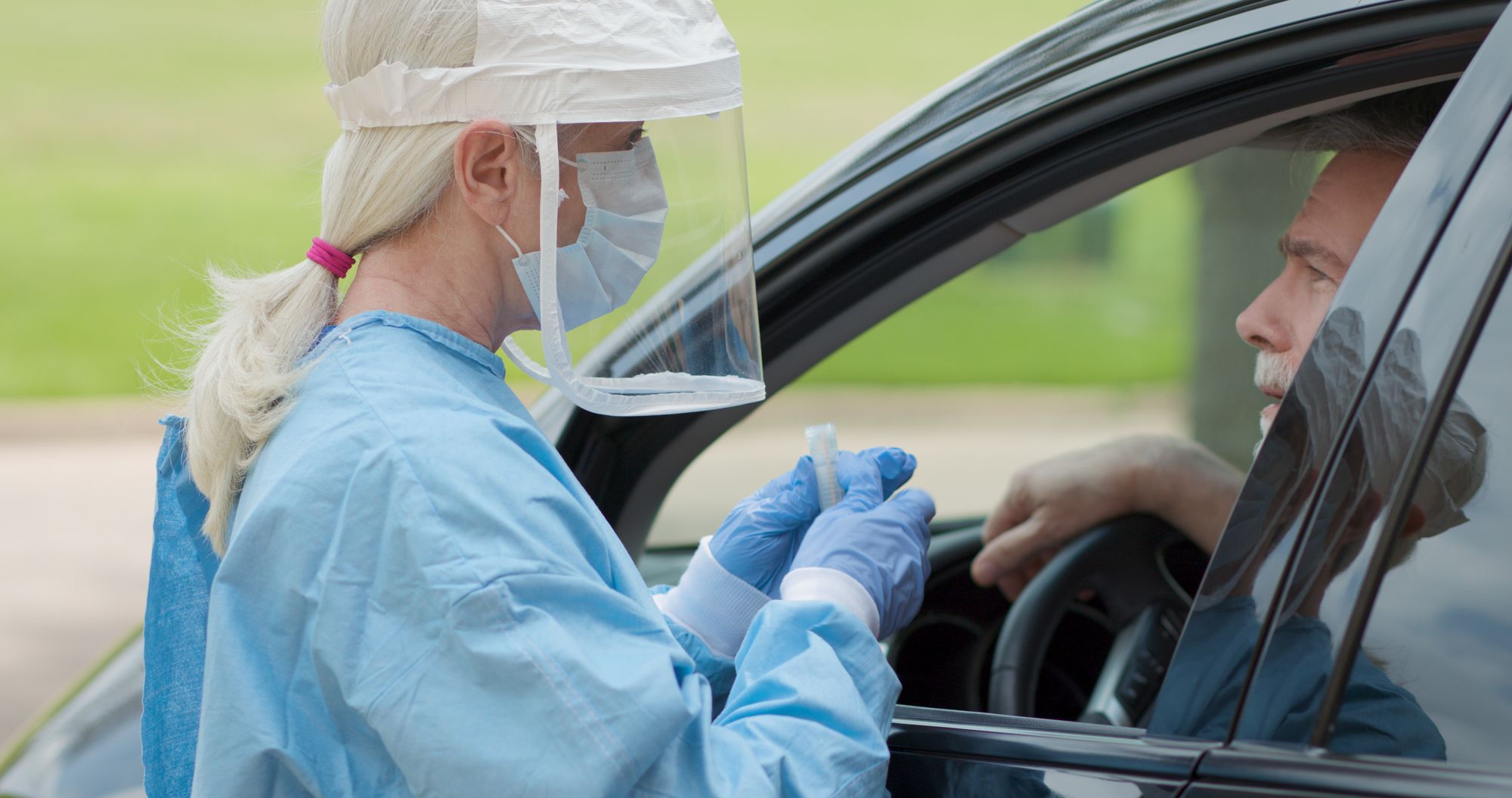
South Dakota received nearly $14 billion in federal COVID-19 funding from March 2020 through January, according to an internal state fiscal report obtained exclusively by South Dakota News Watch.
The document tallies the $13.84 billion intended to help governments, businesses, organizations and individuals survive and recover from a pandemic that killed 1 million Americans and more than 3,100 South Dakotans.
The federal funding came from six separate acts of Congress and was part of an overall $4.6 trillion in federal COVID-19 aid provided to states.
State government received about $4.2 billion, while the remaining $9.6 billion went directly local governments, health care providers, the education system, businesses and individuals, according to Gov. Kristi Noem’s office.
The specific answer of where the money went lies amid a complicated conglomeration of spending initiatives undertaken by the state, local governments and federal agencies. The effort sought to save lives, protect a fragile economy and provide a sense of normalcy to how people will live in a post-pandemic world.
The state report reveals that multi-million-dollar initiatives were enacted to diagnose and treat people with COVID-19; to reduce further infections and provide life-saving vaccines; to help businesses stay afloat and keep individual workers employed, fed and in their homes; to provide critical aid to low-income and elderly populations; and to help educate children and adults during a massive disruption in the public education system.
The state report notes that some of the stimulus money was allocated but has not yet been spent. Some funding may have shifted from one program or agency to another after it was received.
U.S. Sen. Mike Rounds, R-S.D., said the early days of the pandemic were a time of strong bipartisan efforts by Congress to provide states with the funding and resources necessary to battle one of the biggest crises in American history.
“The context was one of a national emergency,” he told News Watch. “And it was a matter of trying to save lives and at the same time to prevent a total economic collapse because of what was anticipated to be a very severe pandemic.”
“The context was one of a national emergency, ... and it was a matter of trying to save lives and at the same time to prevent a total economic collapse." – U.S. Sen. Mike Rounds, R-S.D.
Where the money came from
Here is South Dakota’s share of the six major COVID-19 stimulus funding packages, according to the Congressional Budget Office and the state of South Dakota:
- $5.85 million of the $8.3 billion Coronavirus Preparedness and Response Appropriations Act, March 6, 2020
- $194 million of the $192 billion Families First Coronavirus Response Act, March 11, 2020
- $8.74 billion of $2.2 trillion Coronavirus Aid, Relief and Economic Security Act (CARES Act), April 24, 2020
- $64.3 million of the $483 billion Paycheck Protection Program and Health Care Enhancement Act, March 27, 2020
- $1.1 billion of the $1.4 trillion Consolidated Appropriations Act, 2021 ($900 billion for COVID), Dec. 27, 2020
- $3.8 billion of the $1.9 trillion American Rescue Plan Act, March 11, 2021
Where the money went
Here is a summary of how much federal COVID-19 funding flowed into 14 separate state agencies and hundreds of businesses, community agencies and local relief efforts, as of January:
- Local programs: $8.8 billion (grants and loans to medical providers, small businesses, employees, community groups and local agencies, etc.)
- Bureau of Finance and Management: $2.9 billion
- Department of Education: $675.1 million
- Governor’s Office of Economic Development: $488.8 million
- Department of Social Services: $289.1 million
- Department of Health: $282.1 million
- Board of Regents/Technical Education: $162.3 million
- Department of Transportation: $160.1 million
- Department of Public Safety: $16.9 million
- Department of Human Services: $16.5 million
- Department of Labor and Regulation: $16.2 million
- Department of Tourism: $6.8 million
- Department of Agriculture and Natural Resources: $1.1 million
- Secretary of State: $3 million
- Unified Judicial System: $99,500
- Total: $13.84 billion
Noem declined a request for an interview but through her spokesman said the state used the federal stimulus money “wisely” to aid the state during the pandemic.
Spokesman Ian Fury said in an email to News Watch that the governor approached use of federal pandemic funding in a conservative fashion. She rejected former President Donald Trump’s offer of extended unemployment benefits for state workers in August 2020 and also sent back more than $80 million in rental assistance.
“We focused on solving long-term problems with one-time investments rather than creating new government programs,” Fury wrote. “We are confident that we utilized that money more wisely than other states would have.”
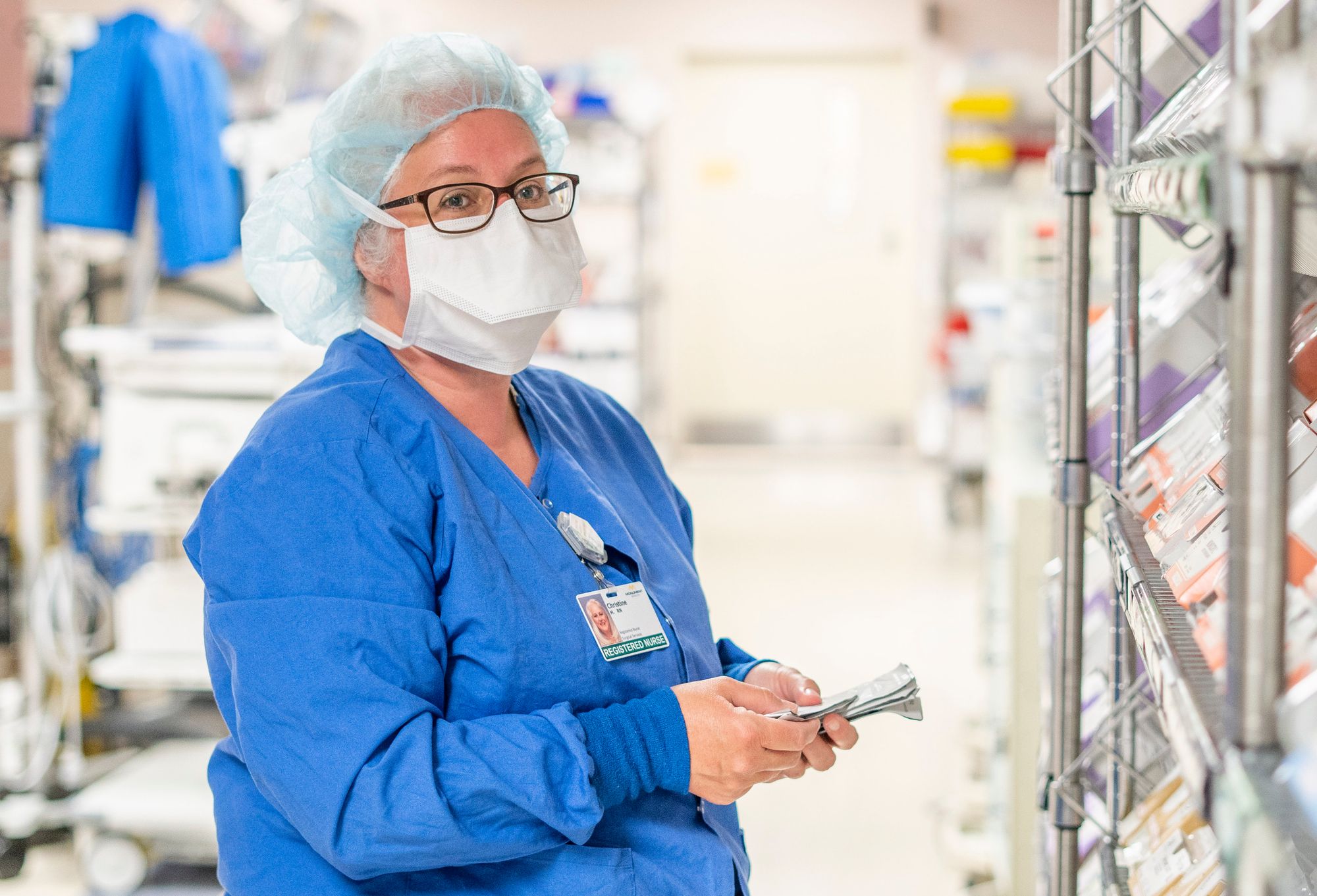
Life-saving help
Tim Rave, CEO of the South Dakota Association of Health Care Organizations, said the federal funding provided to public and private health care providers in South Dakota is unquestionably a large amount.
But that funding must be considered amid the context of a once-in-a-century crisis that brought both medical and financial challenges to the state’s health care industry and the population at large, he said.
“It was a lot of money, an unprecedented amount, but with what the world went through and with the pressures, certainly in the health care space, we really didn’t have a choice,“ Rave said.
The federal funding saved lives during the height of the pandemic as well as after those initial uncertain months, he said.
“The big thing it bought was access, because without that money, it’s not hard to imagine closures of health care facilities or limits on services. And when you start taking away access to health care, it ultimately leads to loss of life or increased burdens on families and patients,” Rave said.
‘Erred on the high side’
Rounds said the congressional funding packages generally followed a timeline that addressed four major needs during the pandemic:
- The initial emergency funding was aimed at bolstering capacity and access to the health care system that was diagnosing and treating COVID-19 patients.
- The second package provided money directly to help individuals, families, businesses and the national economy survive a potential “meltdown.”
- Congress then shifted its focus and funding to Operation Warp Speed, which provided $10 billion to seek a cure for COVID-19 and vaccines to limit its spread.
- And finally, later funding packages including the Paycheck Protection Program, helped keep businesses and employees afloat over a longer time period.
Rounds said Trump and Congress allocated funding to states and allowed some leeway on how money was spent on the local level, though Rounds argued for even more flexibility. Overall, federal lawmakers wanted to be generous in funding programs and at times approved supplemental funding efforts where need was demonstrated, he said.
“If anything, we erred on the high side in terms of authorizing resources,” Rounds said. “There was a concern if we did nothing, there was a concern we could lose 5% of our population.”
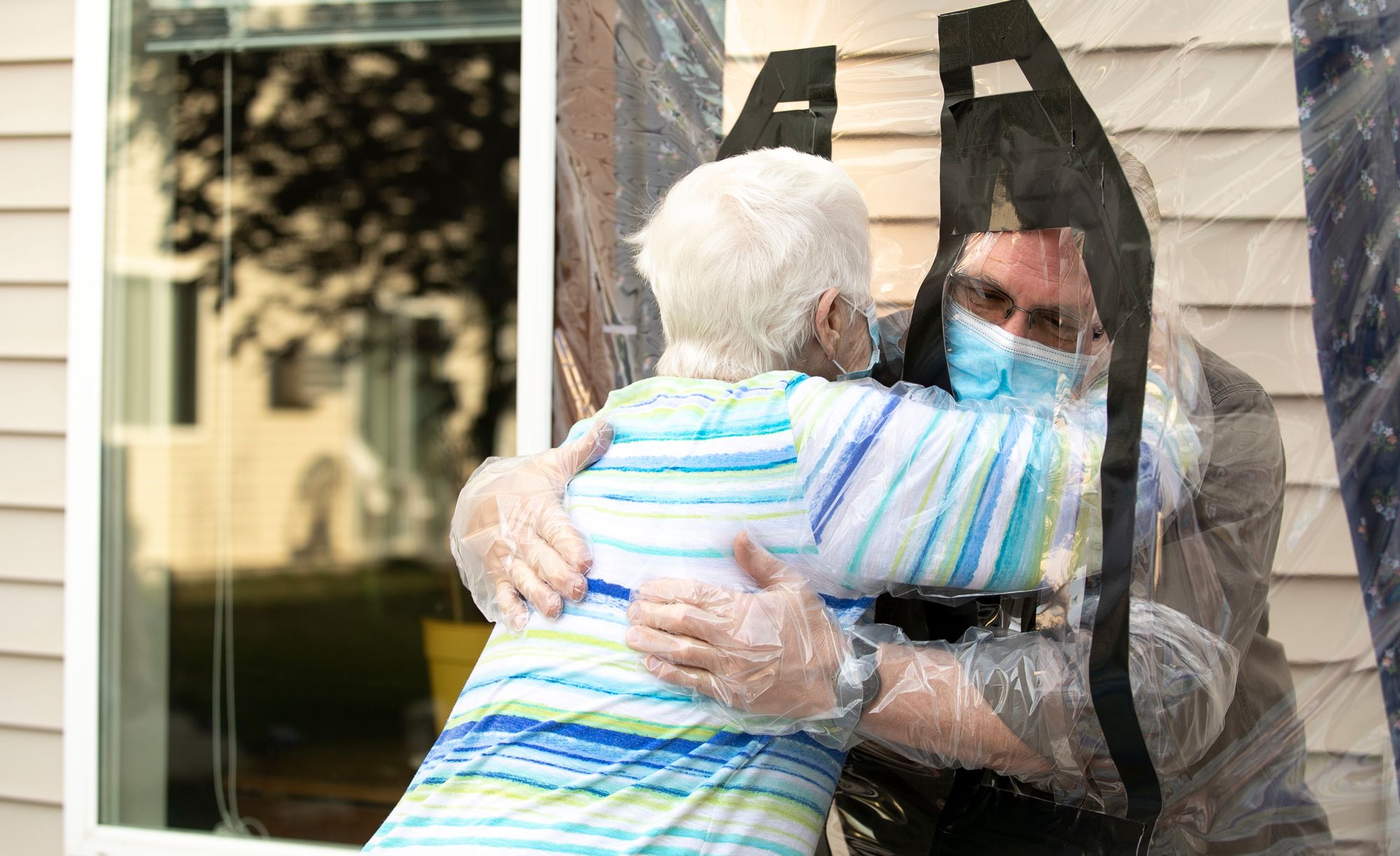
Nursing homes
Some of the federal funding went directly to help nursing homes and other long-term care facilities in South Dakota stay open and as safe as possible during the pandemic, said Mark Deak, executive director of the South Dakota Health Care Association.
The federal government provided $50 billion in aid from the Provider Relief Fund to facilities that accept Medicare, including hospitals and skilled nursing facilities, which was aimed at giving providers up to 2% of their annual spending, he said. Nursing homes across the U.S. then received another $7.4 billion from that fund, Deak said.
In South Dakota, skilled nursing facilities received about $145 million overall in federal pandemic funding, which helped keep facilities open and keep staff and residents alive, Deak said in an email to News Watch.
“This funding was absolutely crucial during the height of the pandemic,” he wrote. “No other health care providers were impacted by the pandemic to the extent that nursing homes were, particularly in the absolutely critical area of staffing.”
Despite the federal funding, seven long-term care facilities in South Dakota have closed in the past year and others are struggling with continued challenges, particularly due to workforce shortages and underfunding of Medicaid programs.
Deak said that a recent analysis by the Federal Bureau of Labor Statistics showed that nursing home staffing is down by more than 14% since early 2020, while hospital staffing has risen slightly since then.
Health care
Resting at the center of the entire COVID-19 pandemic, the health care industry in South Dakota endured some of the toughest challenges and also received some of the largest federal funding levels in response.
The state Department of Health received more than $282 million in federal funding, and the state medical industry was allocated hundreds of millions more to diagnose, treat and respond to patients sickened by the coronavirus.
“I’ve been in health care since 1992, and it was by far the toughest thing I’ve ever seen,” said Rave, whose group represents health providers and long-term care facilities across South Dakota. “The impact it had was hard to describe, from the health care capacity issues on top of 3,100-some people dying directly from COVID, it was tough sledding and I’ve never seen anything like it.”
Hospitals and other medical facilities endured difficulties on several levels, from trying to learn about and treat COVID-19 cases early on, to keeping staff and administrators safe from infection, to coping with a workforce crisis in which many employees retired, stayed home to help family members or caught the virus themselves.
“The (number of) people who retired or just left the health care field was unprecedented during that time,” Rave said.
Major federal funding initiatives within the Department of Health included more than $135 million for COVID-19 testing in communities and schools, at least $70 million to administer vaccines and more than $50 million to aid rural health care facilities or those that treated low-income patients.
Urban and rural hospitals received another $445 million in other pandemic aid known as Provider Relief Funds that did not flow through the state health department.
Many health care providers had to pay bonuses to employees or hire traveling nurses and other providers that added significant operating costs, Rave said.
The pandemic funding was critical to aid in diagnosing and treating patients but also to maintain the financial viability of hospitals in South Dakota, which are mostly not-for-profit entities that operate at a profit margin of near zero up to 3%, he said.
“Without those dollars we’ll never know what could have happened,” Rave said. “It totally, totally stabilized the system. If you just objectively look at that and think about where the margins are in a normal year, and dump all that pressure of increased cost on it, you could only imagine if that had gone on much longer.”
The federal funding helped keep people healthy in other ways.
About $100 million was provided to provide food and nutrition to families and schoolchildren. Another $235 million was provided in additional unemployment compensation to people who could not work during the pandemic.
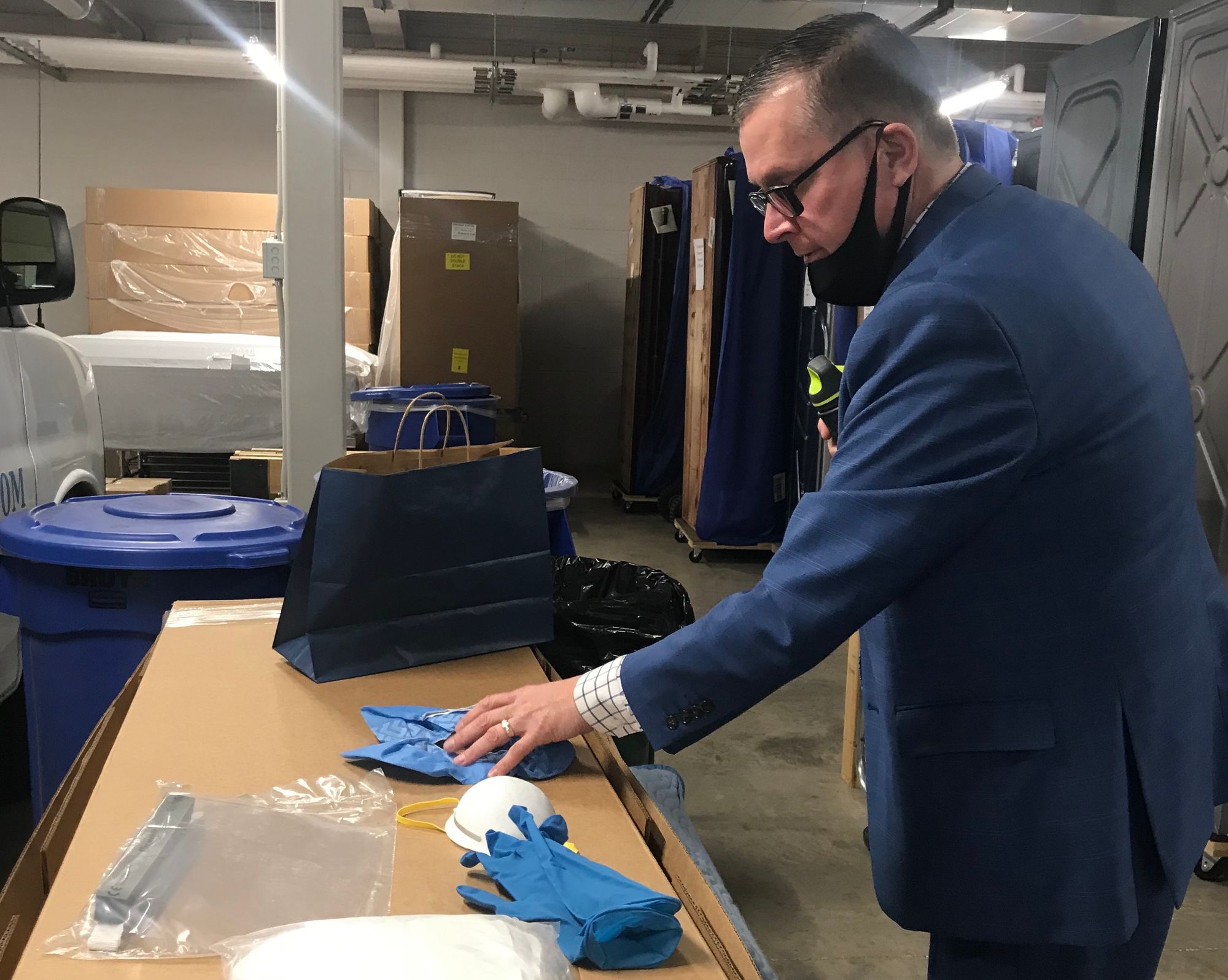
Business and industry
A sense of pure panic struck businesses both small and large across South Dakota in the spring of 2020 as initial fears of the pandemic brought supply chains and customer visits in large part to a halt.
Retail and service workplaces were shuttered; restaurants closed temporarily or for good; offices were unable to function; and the entire state economy slowed to a crawl as many people stayed home as dozens were dying and no vaccines were yet in sight.
News Watch documented a wide range of negative effects on South Dakota businesses in 2020-21. Articles focused on businesses that couldn’t maintain inventory or had lost their customer bases in the tourism, dining, entertainment and retail industries. Worker shortages plagued health care, construction and government. Unexpected consequences befell numerous industries, including newspapers that saw advertising dry up, arenas that canceled big events, and even funeral homes that saw a temporary end to in-person wakes and services.
Tom Martin, an instructor at the Beacom School of Business at the University of South Dakota, called the multitude of challenges facing businesses at the time “a perfect storm” of negative influences and outcomes.
But businesses across the state and their employees were some of the biggest benefactors of federal programs aimed at keeping the state and national economies from entering a free fall.
The state Bureau of Finance and Management was the single-largest recipient of federal pandemic funds among all state departments, receiving almost $2.9 billion, according to the state fiscal report.
The department allocated funding to public and private business entities through four major funding mechanisms: the Coronavirus Relief Fund ($1.25 billion); the State Fiscal Recovery Fund ($974 million); the Municipal Liquidity Facility fund ($548 million) and the Capital Projects Fund ($116 million.)
Availability of some of that money will stretch into 2024, according to the state report.
But huge amounts of federal funds flowed to South Dakota businesses and employees without moving through state agencies.
More than $2.7 billion went to businesses to keep employees on the payroll through the Paycheck Protection Program of 2021. Another $895 million in 30-year Economic Injury Disaster Loans were offered to small businesses and non-profit organizations in 2021. The state report also includes line items for Economic Impact Payments to businesses of $795 million under the CARES Act and another $1.1 billion in Economic Impact Payments that are available through the ongoing American Rescue Plan Act (ARPA).
The funding provided to businesses, much of it intended to counter direct losses caused by the pandemic, proved critical to keep businesses afloat during very hard times, said Scott VanderWal, president of the South Dakota Farm Bureau.
“The money that was sent to offset losses – that was frankly used to keep people in business,” VanderWal said. “It literally kept some people in business and helped us to just go on.”
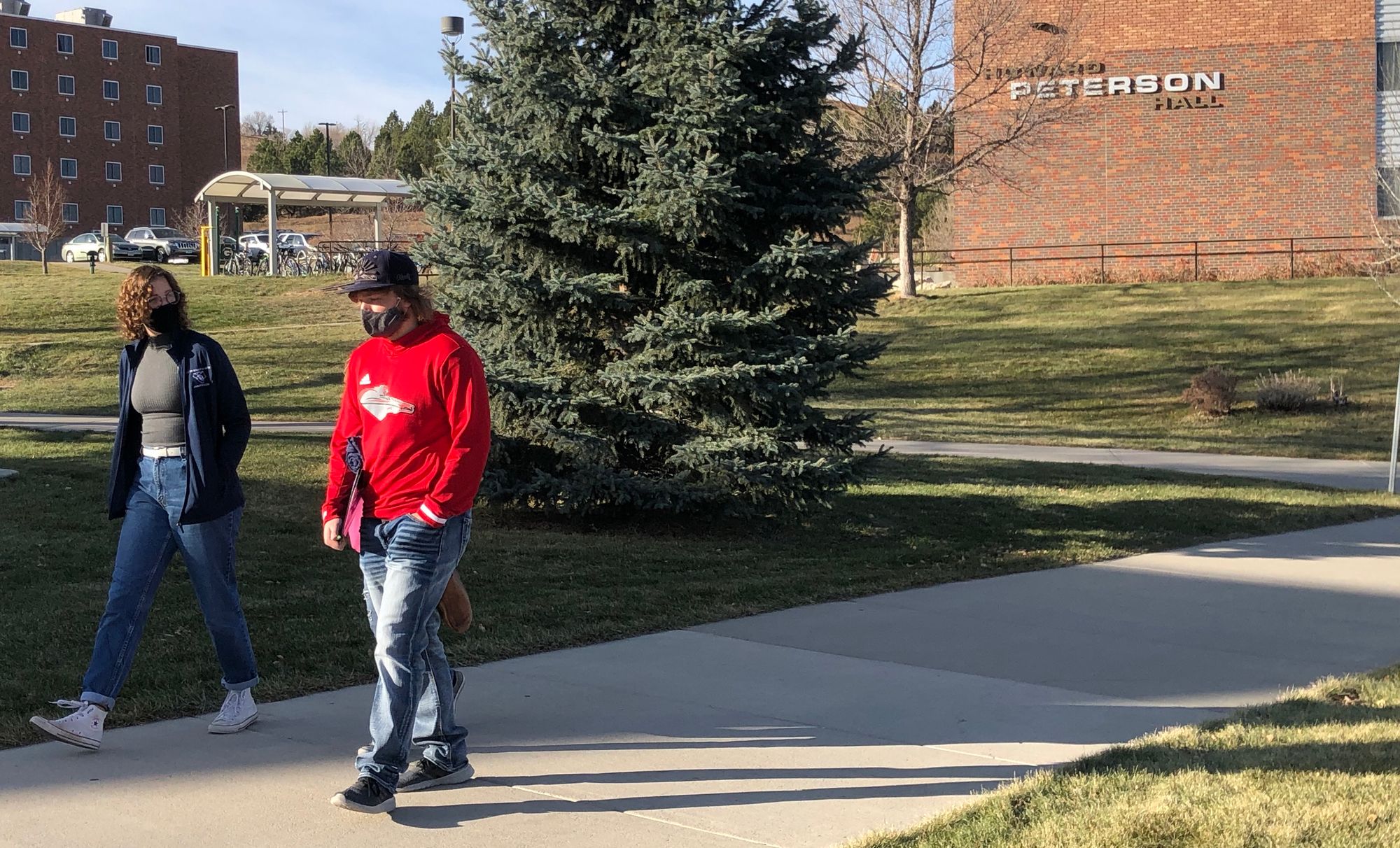
Universities
With workforce challenges a chronic problem in South Dakota, prior to and since the pandemic, keeping the state’s public university system running during the COVID-19 crisis was critical, according to Brian Maher, executive director of the South Dakota Board of Regents.
“You plan and prepare for almost any eventuality, but not for a worldwide pandemic,” Maher said. “It was a ‘developing the airplane while you’re flying it’ situation.”
Maintaining the education of students was a challenge heightened by the need to keep students, faculty and staff safe during an uncertain time, Maher said in an interview with News Watch.
Significant federal funding received by the university system aided in both those missions, Maher said.
The federal government provided about $86 million to the regental system over roughly the past three years and about $83 of that funding has been spent so far, Maher said.
In a general breakdown, about $39 million was used to provide as many as 33,000 students statewide with expenses related to disruption of campus operations. That money paid for food, lodging, technology, health care and child care for students, Maher said.
The system spent about $8 million in federal funds to replace system revenues lost during the pandemic. Another $1.3 million was used to reimburse students for monies paid in advance for services they did not then receive, he said.
Another $33 million went to things to keep teaching and learning moving forward, such as for computer hardware and software, building safety renovations and cleaning and medical supplies.
Maher said the federal funding allowed the university system to keep staff and students safe while maintaining the pipeline of graduates needed to fill the many open jobs in the state.
“It was crucial, and that’s not an overstatement,” he said. “Think of the number of students we had in South Dakota at that time who were preparing to leave the university system and go into the workforce. That interruption could have caused a real blockage in preparing our workforce, and that was something we can’t have in South Dakota.”
K-12 education
The state K-12 public education system was hit with an unprecedented crisis when the COVID-19 pandemic struck midway through the second semester of the 2019-20 school year.
In mid-March 2020, as the coronavirus began to appear in South Dakota, Noem declared a state of emergency, ordered state employees to work from home and instructed public schools to shut down.
The closure put school districts, teachers, staff and students in a tough spot. Across the state, administrators and educators worked together to quickly develop a system to conduct remote instruction of students to close out the 2019-20 school year.
Over the summer of 2020 and into the fall semester, schools also took expensive and time-consuming steps to make schools safer when students returned and to allow for effective instruction of students whose parents elected to have them taught remotely.
With nearly 24,000 students, 1,800 teachers and nearly 40 instructional buildings, the Sioux Falls School District had two main objectives, according to Kirk Zeeck, director of federal programs and language immersion for the district.
“We took steps to help kids and staff be safe and yet still try to get some learning done,” he said. “It definitely wasn’t like the traditional classroom setting prior to the COVID-19 pandemic.”
In total, the South Dakota Department of Education received about $675 million in federal pandemic relief funds, according to the state fiscal report. Most came through three rounds of the Elementary and Secondary School Emergency Relief Fund, which allocated about $595 million to public schools across the state.
The Sioux Falls district received about $58 million of that money, which was used the past three years and into this school year for a variety of efforts to keep schools and students on track, Zeeck said.
Initially, some money was used to accommodate remote learning, including buying laptops for all teachers and students and upgrading computer white boards in classrooms to reach both in-person and remote learners, he said.
The district also hired 14 reading specialists in elementary schools to help students catch up after the 2020 shutdown and added a summer academy program with the same goal.
In middle and high schools, additional teachers and educational assistants were hired to boost learning. New counselors helped students who suffered social or mental problems.
Federal money also paid for safety barriers in schools to block the spread of the coronavirus and for an upgrade of air filtration systems to make schools safer from all airborne diseases.
The federal money was critical because all those needs weren’t budgeted, and the district worked hard to use the funding wisely, Zeeck said.
“I think (in the end the) district did very well to help determine the best way to utilize those funds to maintain safety and help kids grow academically,” he said.
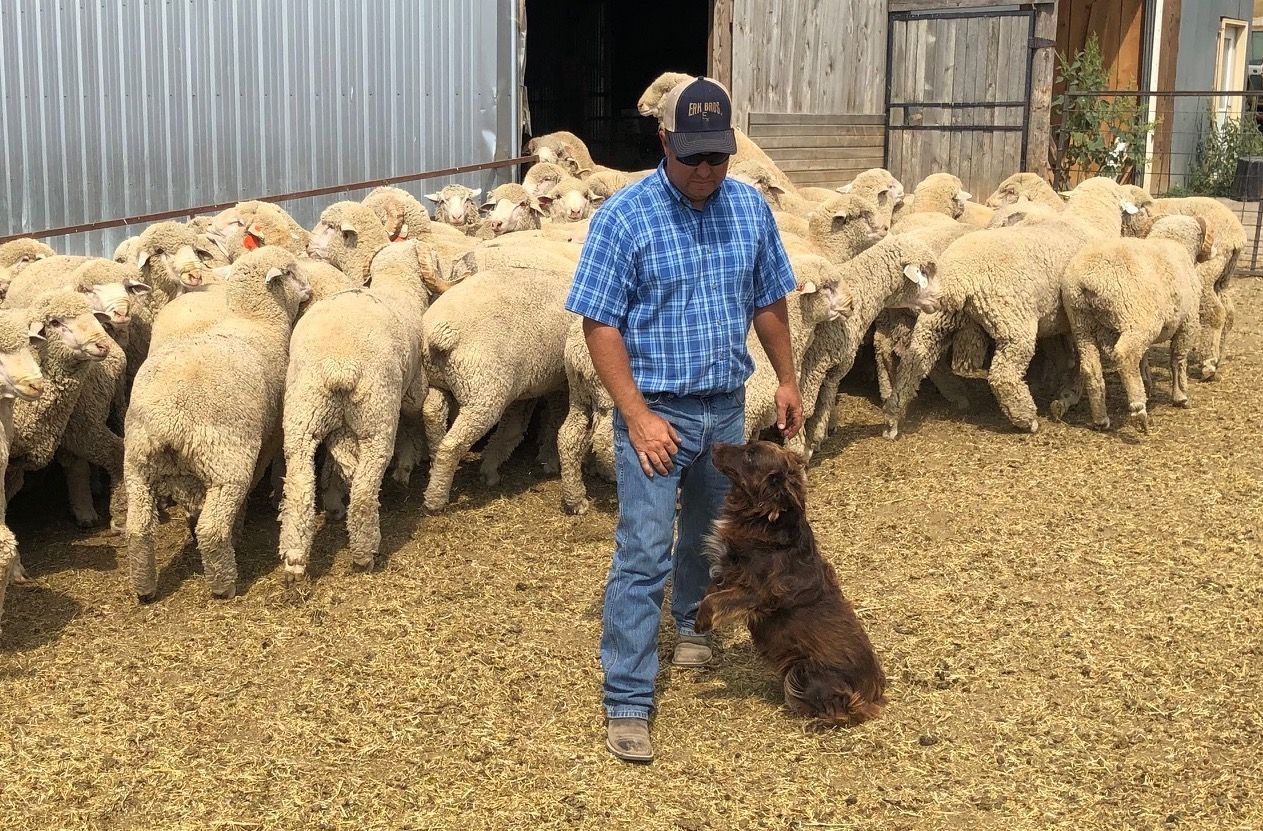
Agriculture
The pandemic hit South Dakota farmers, ranchers and food processors hard, especially in the early days, said VanderWal, of the Farm Bureau.
Supply chain interruptions prevented producers from getting materials needed to operate and stopped them from selling or shipping their goods, he said. Meanwhile, major COVID-19 infections at meatpacking plants and other indoor ag facilities disrupted the ability of processors to accept livestock and keep their plants operational.
“From supply chain disruptions, to getting parts and livestock transported and processed, there were a lot of very negative impacts,” VanderWal said.
News Watch reported on several effects of the coronavirus pandemic on the agricultural industry, including widely varying and generally low prices paid to beef producers; major losses by corn growers and the ethanol industry as Americans stopped traveling; and even how sheep farmers lost a major revenue pipeline when the cruise industry shut down.
Some employers in the agriculture industry in South Dakota benefited from the federal Paycheck Protection Program that allowed them to keep workers on the payroll during the most acute COVID-19 outbreaks in 2020, VanderWal said.
The primary program that helped farmers, ranchers and other producers was the Coronavirus Food Assistance Program. The state report shows that nearly $1.4 billion in funding from that program was or will be provided directly to agriculture producers hit with price declines and additional marketing costs.
South Dakotans in the agriculture industry also benefited from the state Coronavirus Relief Fund, a part of the federal CARES Act, which provided roughly a half-billion dollars to nearly 6,000 businesses and individuals in 2021 who suffered losses due to the pandemic. About $71 million of that money went to the agriculture, forestry and fishing industries, according to state records.
VanderWal said that agriculture, like many other industries, continues to suffer fallout from the supply chain interruptions and workforce shortage that began during the pandemic.
“One little thing affects everything down the line, and we’re still suffering from that to some extent,” he said.



